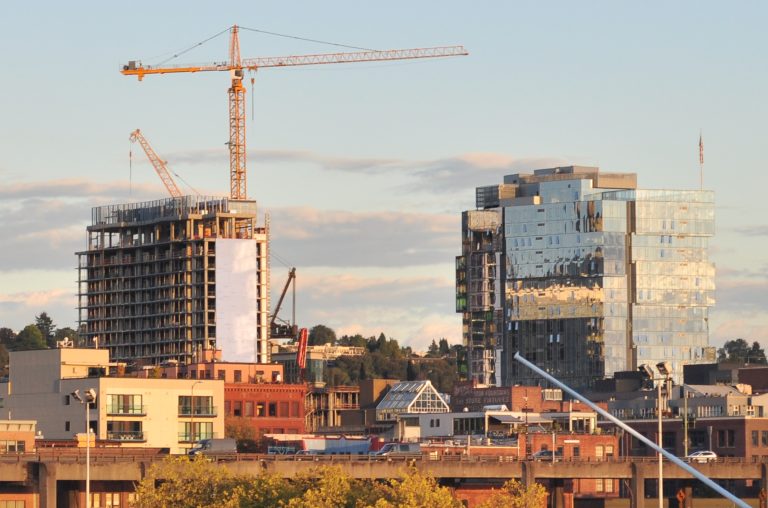Published on November 5, 2019

The Seattle region has more of almost everything than it did just six years ago, when voters chose to elect City Council members by districts.
The area has added 135,000 homes, but has seen its population swell by 400,000.
Homelessness has spiked by a third.
Amazon’s workforce here has exploded from 13,000 to nearly 55,000.
And the light-rail system meant to connect the region has inched ahead. It now spans 22 miles, with 94 more miles in the works.
“Growth is on people’s minds, and that’s natural,” said Josh Brown, executive director at the Puget Sound Regional Council, a planning body.
Voters mostly agree about the city’s problems, which are similar to those plaguing other growing cities, said Jeff Shulman, a University of Washington marketing professor who hosts the Seattle Growth Podcast.
“Whether you’re talking to artists or developers or business leaders … there’s this question of who Seattle is being built for,” Shulman said. Many people “feel like they’re being discarded or erased, and that stems from the buildings they’re used to and the businesses they’re used to and the people they’re used to being gone.”
The reason local politics are red-hot is that voters disagree vehemently about the proper solutions to Seattle’s problems, Shulman said. Some think bike and bus lanes are the answer to Seattle’s mobility challenges, while others scoff. Some think upzones are the answer to the city’s housing woes, while others are skeptical.
Continue reading at The Seattle Times.
Originally written by Daniel Beekman and David Gutman for The Seattle Times.